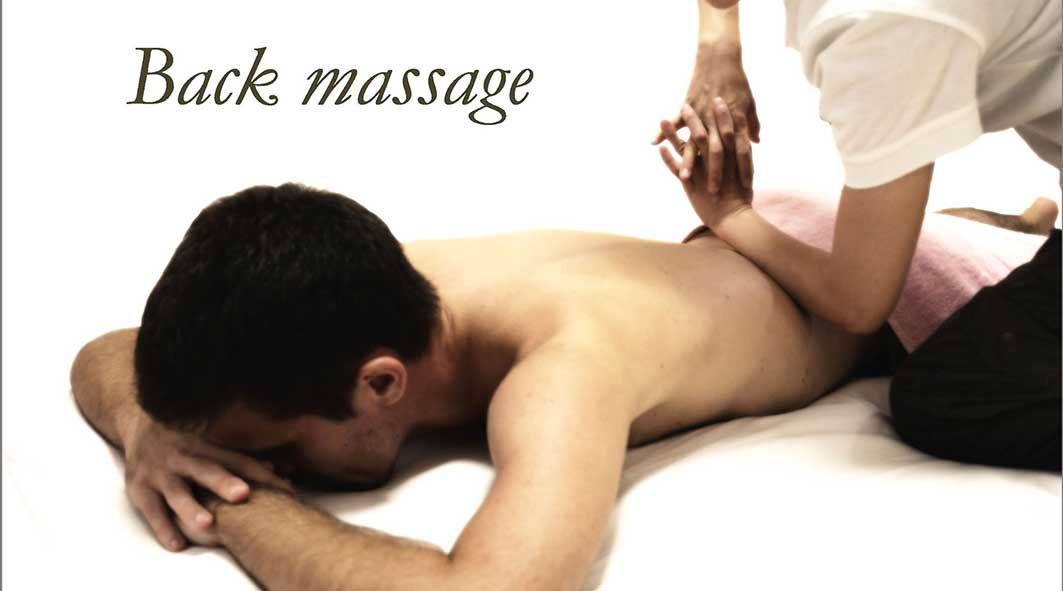Back pain is one of the most frequent complaints by massage therapists and their clients. In fact, 15 percent to 20 percent of Americans report back pain yearly, and 80 percent will suffer from at least one episode of back pain during their lifetime.2
A number of risk factors have been determined, including smoking, being overweight and poor physical fitness. Common causes of back pain include spasm, tension, disc degeneration, scoliosis, spondylosis, spondylolisthesis, arthritis, spinal stenosis, pregnancy, kidney stones, infections, endometriosis, fibromyalgia, tumors, stress and trauma.3
Back pain divides into simple backache, nerve-root pain and serious pathology. Although it is easy to blame work as the culprit, pain originating from the latter two may stem from sinister causes, including visceral disease. Beware of the following red flags, as they might indicate advancing pathologies. Further investigation is needed if the sufferer:
The erector spinae overlie the multifidus. Muscle fibers blend into thick aponeurosis at lower lumbar and sacrum. .
has a previous history of cancer, tuberculosis, rheumatological or other systemic diseases, use of steroid medication, drug abuse or is HIV-positive.
is patently unwell or reports unexplained weight loss.
also reports thoracic or chest pain.
presents with widespread neurological symptoms.
had a road traffic accident or other severe trauma.
reports constant or progressively severe pain apparently unrelated to mechanical influences (no relief from bed rest).
Simple backache, on the other hand, often emerges from a compounding of minor predisposing myofascial factors, such as tight muscles, trigger points and muscle weakness. After considering the muscles that lie in the region of the low back, investigation moves to the anterior and lateral abdominal muscles, muscles of the lower extremity that attach to the pelvis, habits of use, posture and gait.
Multifidus become appreciably thicker in lower lumbar, sometimes filling 1.5 inches or more of depth in the lamina. Mighty Multifidus
The obliquely oriented thoracic multifidi are undoubtedly associated with rotational movements or perhaps as stabilizers during rotation. This is consistent with the angulation of the zygopophysial (facet) joints of the thoracic vertebrae, which allow rotation, while discouraging flexion, extension and lateral flexion.
In the lumbar, lying deep to the erector spinae, multifidus is considerably thicker, more vertically oriented and significantly more powerful. The vertical orientation of the fibers of most of the lumbar multifidi implies that they would not be involved in direct vertebral rotation. This is consistent with the orientation of the lumbar facets, which allow flexion, extension and lateral flexion and discourage rotation.
Since the line of action of multifidus lies posterior to the lumbar curve, it extends the lumbar spine and increases lumbar lordosis with a “bowstring” effect. As the oblique muscles fire to rotate the upper body, lumbar flexion would be mandatory if it were not for the action of multifidus, which prevents flexion from occurring.1 This allows the spine to remain vertical (rather than flexing forward) when pure rotation is desired.
Multifidus fibers are the only muscle fibers posterior to the lumbosacral transitional point. Therefore, multifidus must produce enough tension to ensure that L5 does not slide forward on the sacral plateau (spondylolisthesis), even though this surface naturally, sometimes significantly, slopes downward. Fortunately, multifidus presents its mass precisely in this segment of the spine. Unfortunately, it often suffers from disuse atrophy, appearing as “moth-eaten” and infiltrated with fat.
The lumbar multifidus is particularly thick and almost completely fills the lamina. Although repetitiously applied gliding strokes can influence multifidus, the thick, overlying tendinous elements of the superficially placed erector spinae, latissimus dorsi, and associated dense fascia impede results.
Trigger-point target zones for various multifidus fibers. The most lateral fibers are usually available by approaching them more directly; lateral and deep to the erector spinae , particularly at the level of L2-L4. However, careful hand placement helps to avoid compressing (and potentially bruising) tissues against the lateral aspect of the transverse processes, which lie deep to the lateral fibers of multifidi
Multifidus contracts with contralateral rotational movements. Twisting at the waist, while maintaining a vertical upper body can help to strengthen it. A stationary bicycle or glider equipment that incorporates the arms and mandates upper body rotations will help to keep multifidus healthy and help to avoid low back pain associated with weakness of this muscle
 Parsi Teb Physical and Mental Health Journal
Parsi Teb Physical and Mental Health Journal 


